9 Telltale Signs That You’re Eating at a Truly Fine Dining Restaurant
Eating out can be a treat, but discovering that you’ve stepped into a true fine dining restaurant makes the night unforgettable. More than the food that these establishments serve, they create an experience built on precision, care, and creativity. Here are a few details that are unique to fine dining establishments.
A Seamless Greeting That Sets the Tone

Credit: Getty Images
The experience often starts before you sit down. A host greets guests immediately, uses their names when possible, and walks them to a spotless table. There’s no scrambling for clean menus or awkward wait at the entrance. That polished arrival shows that the team values your time and sets up a smooth evening.
Menus Change With the Seasons
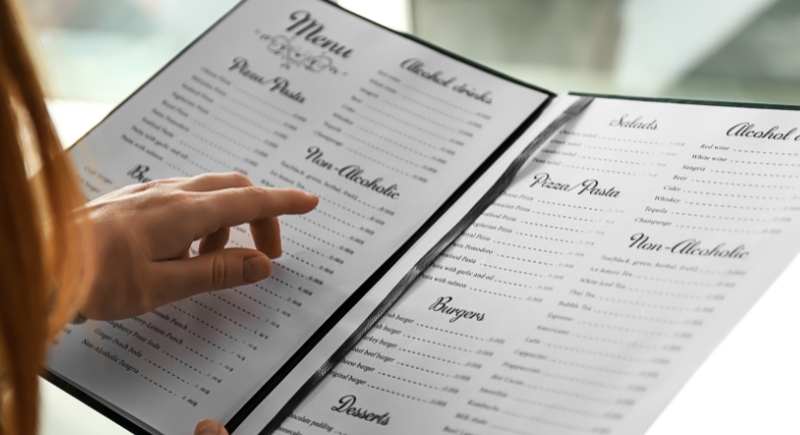
Credit: pixelshot
Instead of a menu that never shifts, these restaurants adapt their items to what’s freshest at that time of year. Expect dishes with locally sourced produce, fish caught in-season, and even limited-time creations because chefs design these menus to keep flavors at their peak.
Plates Look Like Works of Art

Credit: Getty Images
The presentation is always deliberate. A main course might arrive arranged with color contrasts, textures, and symmetry that make guests want to take photos first before biting. Chefs treat plating as part of the craft. Many top-rated restaurants even train staff to carry plates without disturbing the presentation.
Reservations Are Expected
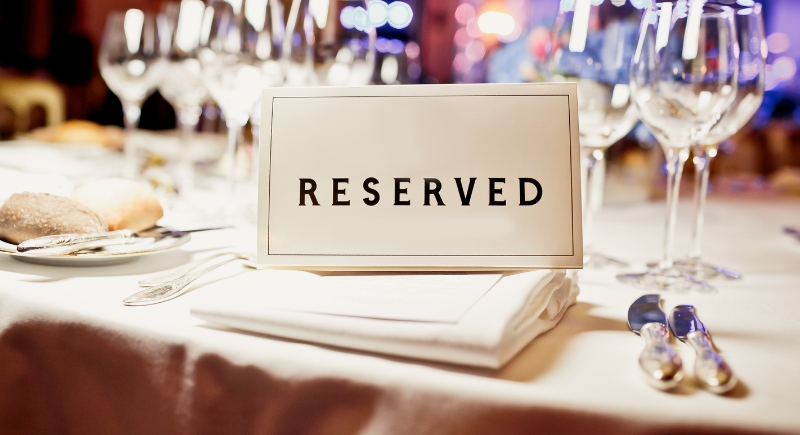
Credit: Getty Images
If a restaurant asks for reservations days or weeks in advance, it often means they manage seating carefully to ensure a relaxed pace of service. Limited tables keep the dining room calm and allow servers to focus on each guest. Some restaurants also require deposits to discourage no-shows.
Servers Know Every Detail

Credit: pixelshot
The waitstaff can explain how a dish is prepared, recommend wine pairings, and answer questions without guessing. Their training covers ingredients, allergies, and preparation methods so they can confidently guide guests.
Small Extras Appear Unannounced
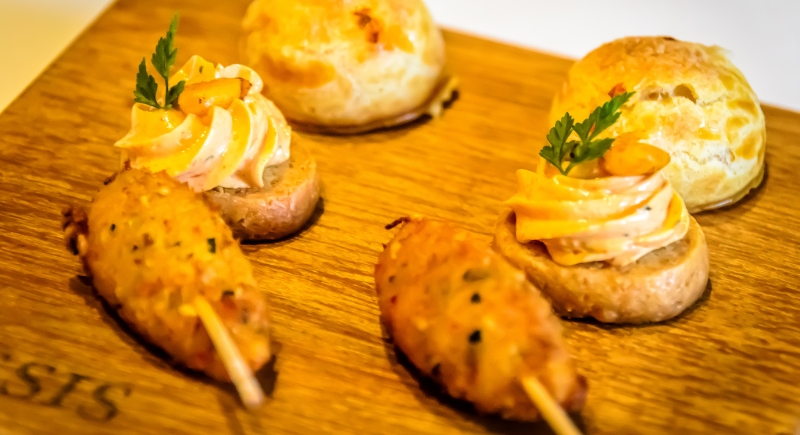
Credit: Getty Images
Sometimes you’ll see an amuse-bouche arrive between courses or a small dessert at the end. These complimentary touches are designed to surprise and delight. They might even showcase something the chef is experimenting with.
A Dress Code Is Often Mentioned

Credit: Getty Images
Take in the room before you sit down and notice what people are wearing. You’ll find crisp jackets, elegant dresses, and tailored outfits. That collective effort in appearance becomes one of the clearest signs you’ve stepped into fine dining.
Wine And Cocktail Lists Are Extensive
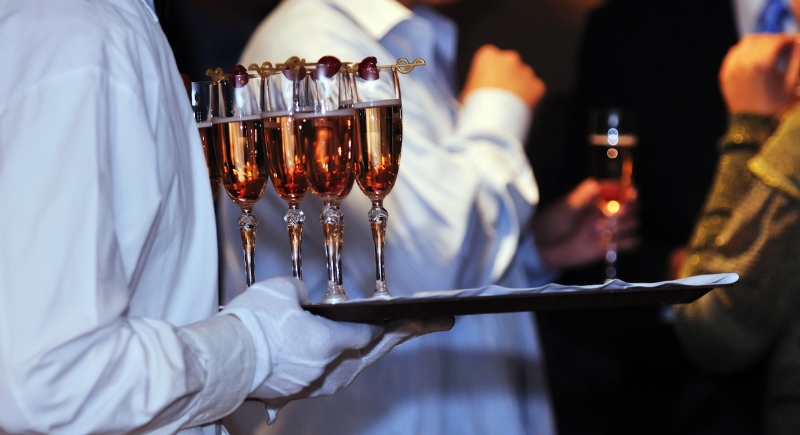
Credit: dotshock
A sommelier or knowledgeable bartender often guides the drink experience. Such effort shows a commitment to pairing beverages with food and is a signature element of fine dining culture. Expect pages of wine options, from regional vintages to rare finds, along with crafted cocktails that use house-made syrups or unique garnishes. Nonalcoholic options might also include creative mocktails, not just soda or juice.
Décor Feels Intentional And Cohesive
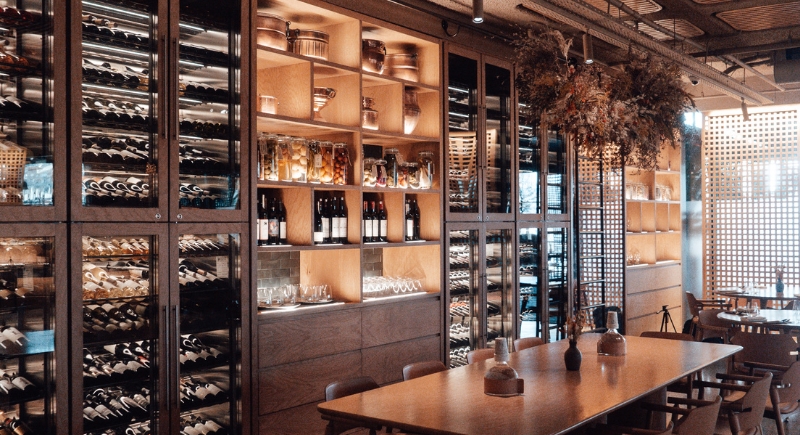
Credit: dotshock
Every fine dining room tells a story through its setting. The mood might be warm and classic or sleek and modern, yet each element feels like part of a single idea. Lighting, art, furniture, and music all support that vision.
Portions Balance Flavor And Design
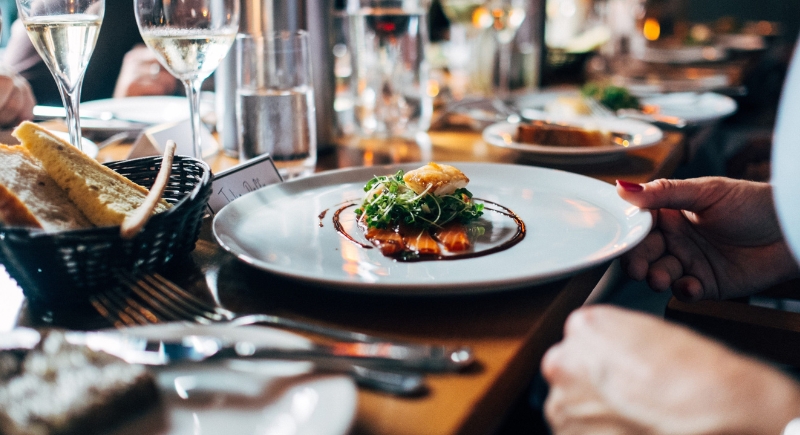
Credit: Canva
Instead of oversized plates piled high, portions tend to be carefully measured. Each bite is designed to highlight ingredients rather than overwhelm. Many fine-dining restaurants offer multi-course menus so diners experience a variety of flavors over time rather than relying on sheer volume to impress.
Staff Anticipate Needs Quietly

Credit: SeventyFour
In a fine dining room, service moves smoothly in the background. Your water glass stays full without you asking, and clean silverware appears before the next course arrives. Crumbs are swept away between plates, yet conversations continue without interruption.
Limited Seating Creates Intimacy
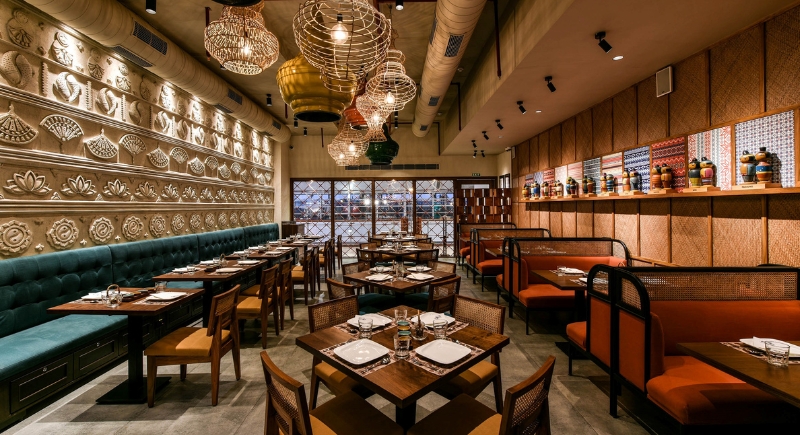
Credit: pexels
Unlike sprawling dining halls, many fine dining venues have smaller layouts. That combination of intimacy and efficiency is rarely found in larger, high-turnover spots and marks a venue that values experience over volume. Fewer tables allow for quieter conversations and more personalized attention. This setup also gives the kitchen a manageable flow.
Rare Ingredients Show Up On The Menu
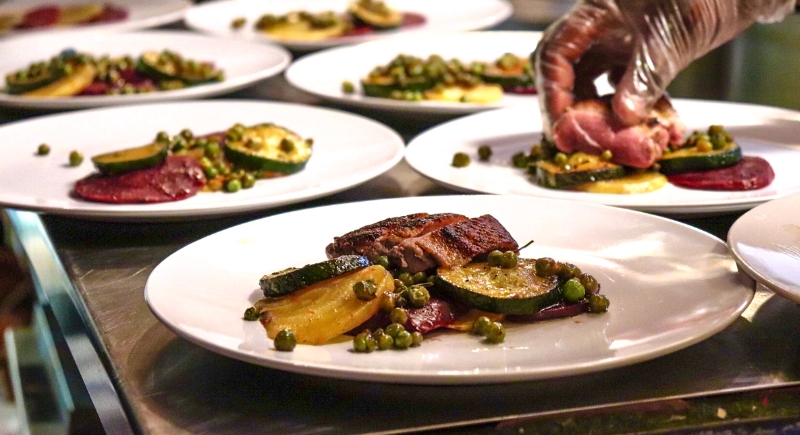
Credit: Getty Images
It’s not unusual to spot truffles, caviar, or specialty cuts of meat served. Seeing these items woven naturally into a menu is another clear sign of a restaurant aiming for top-tier dining. These ingredients are expensive and harder to source, but they elevate dishes in unique ways.
Desserts Carry The Same Care As Entrées

Credit: Getty Images
Another excellent indicator is how a restaurant handles the final course. Instead of a basic slice of cake, desserts often arrive with layers of flavor, creative presentation, and even pairing suggestions like a dessert wine or specialty coffee.
Digital Presence Matches The Standard

Credit: Canva
Check the website or social media feed, and you’ll often find professional photos, up-to-date menus, and glimpses behind the scenes. This effort reflects how seriously the team takes its reputation and the experience offered. Restaurants operating at this level know many guests research them online first, so they create a digital presence that matches the care seen inside the dining room.